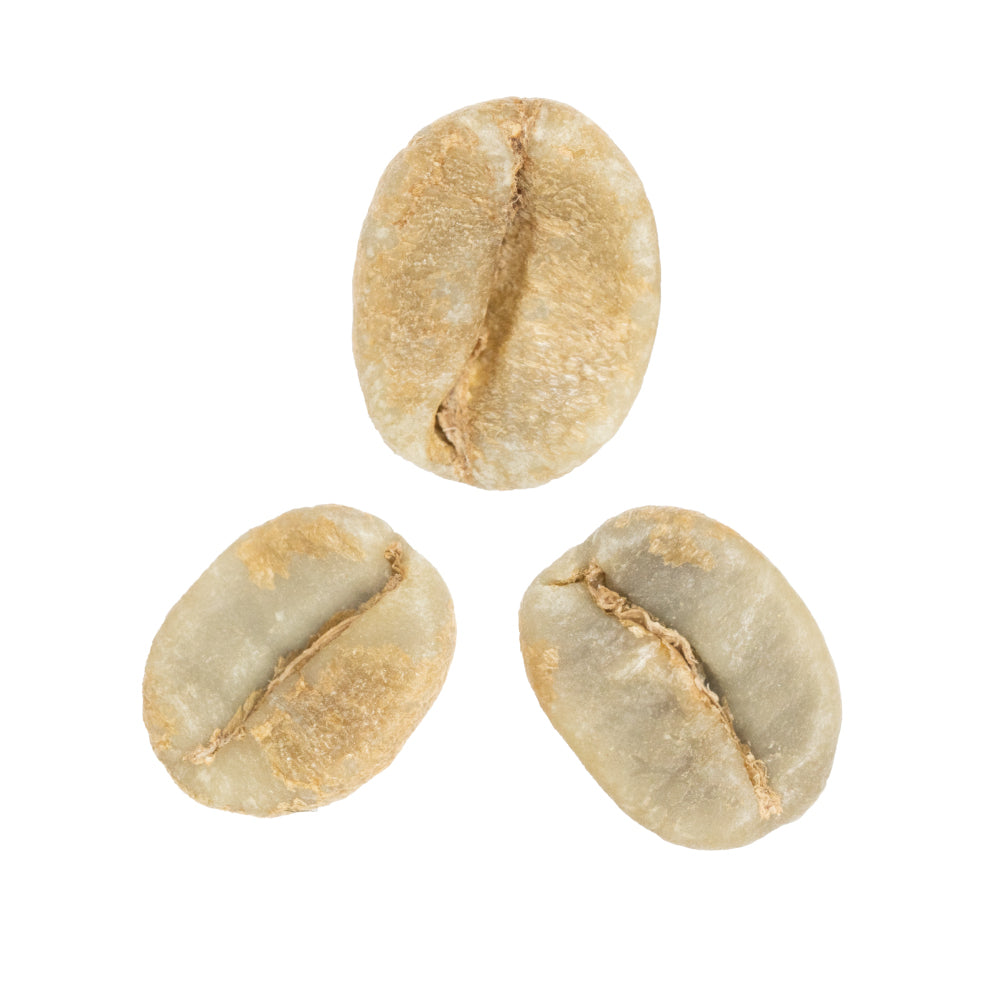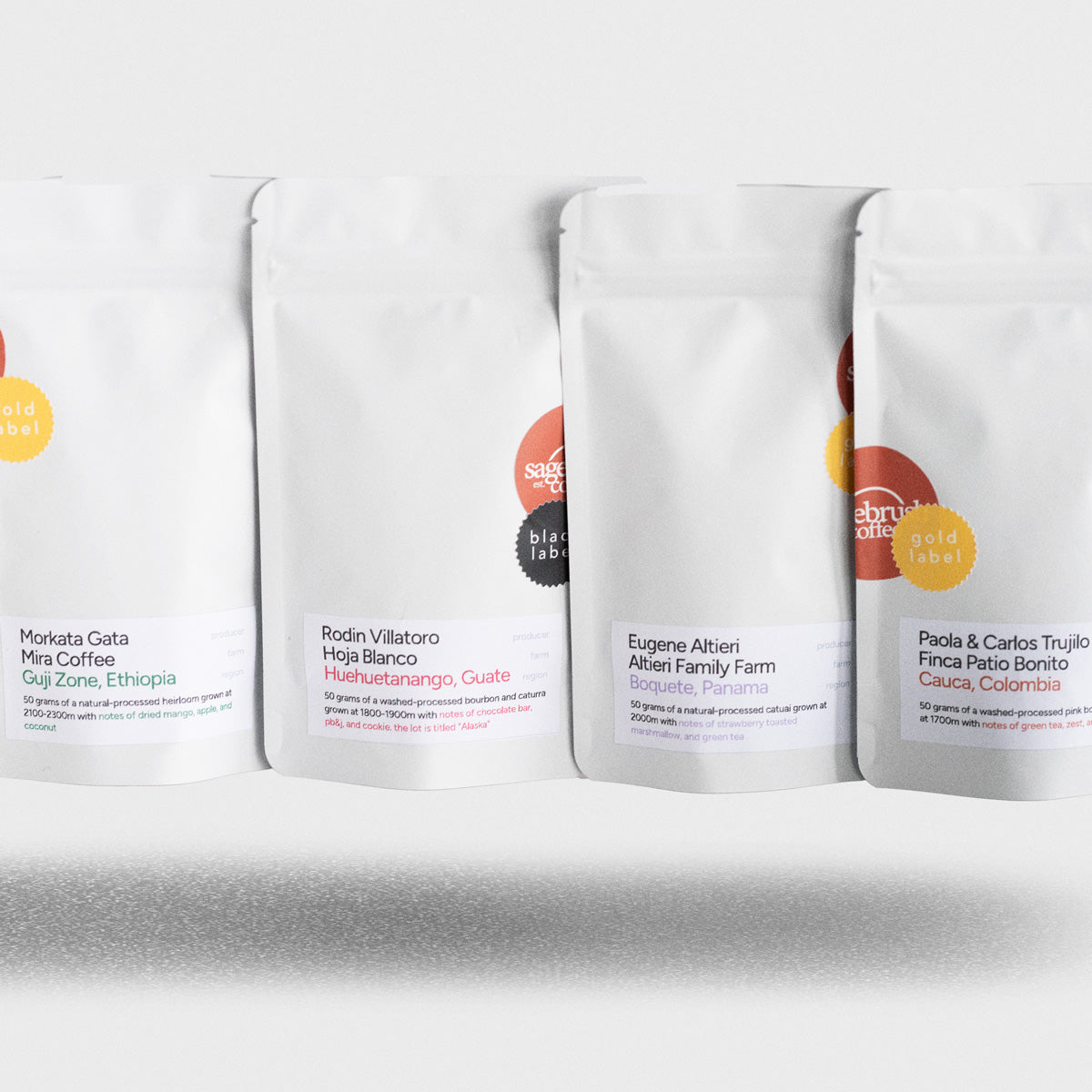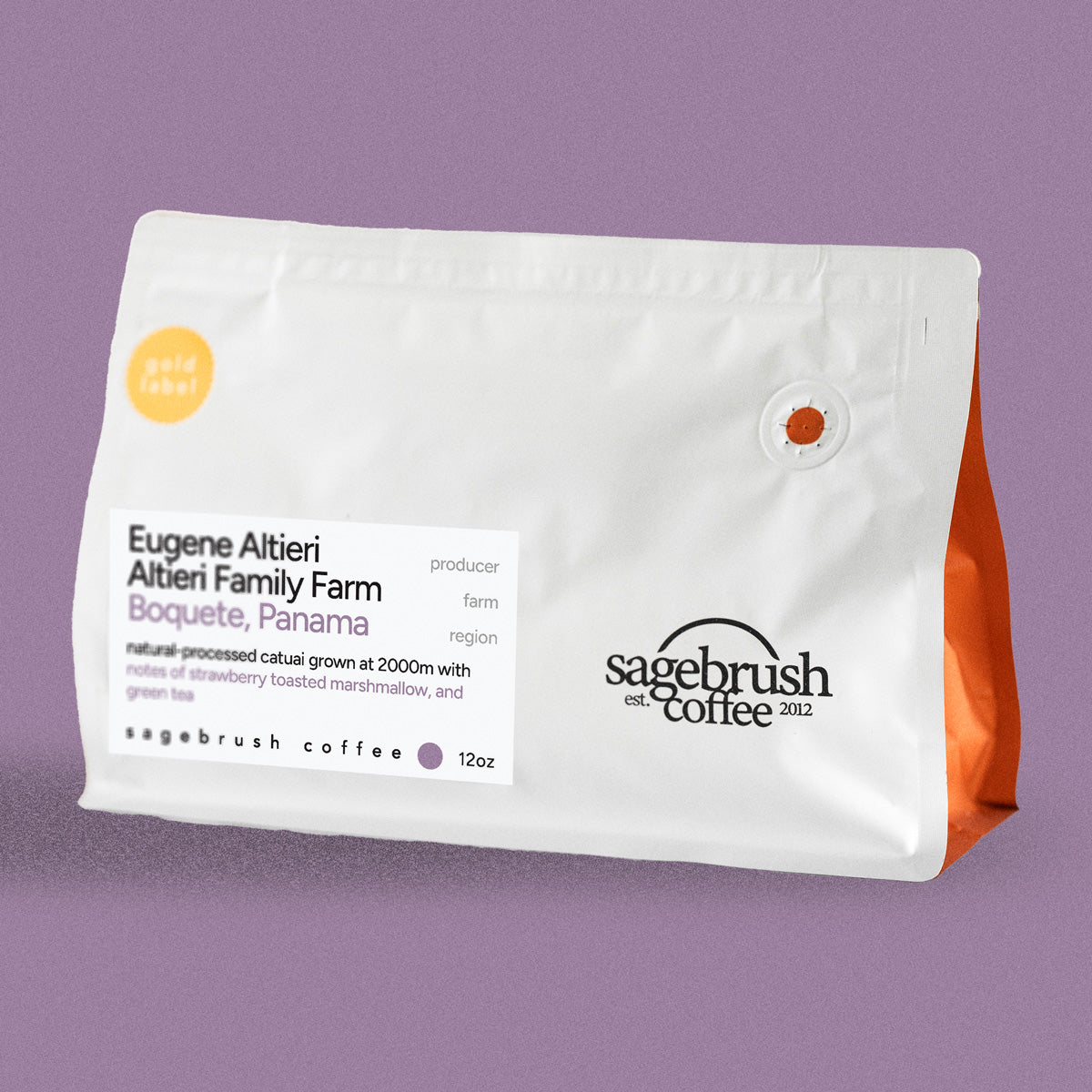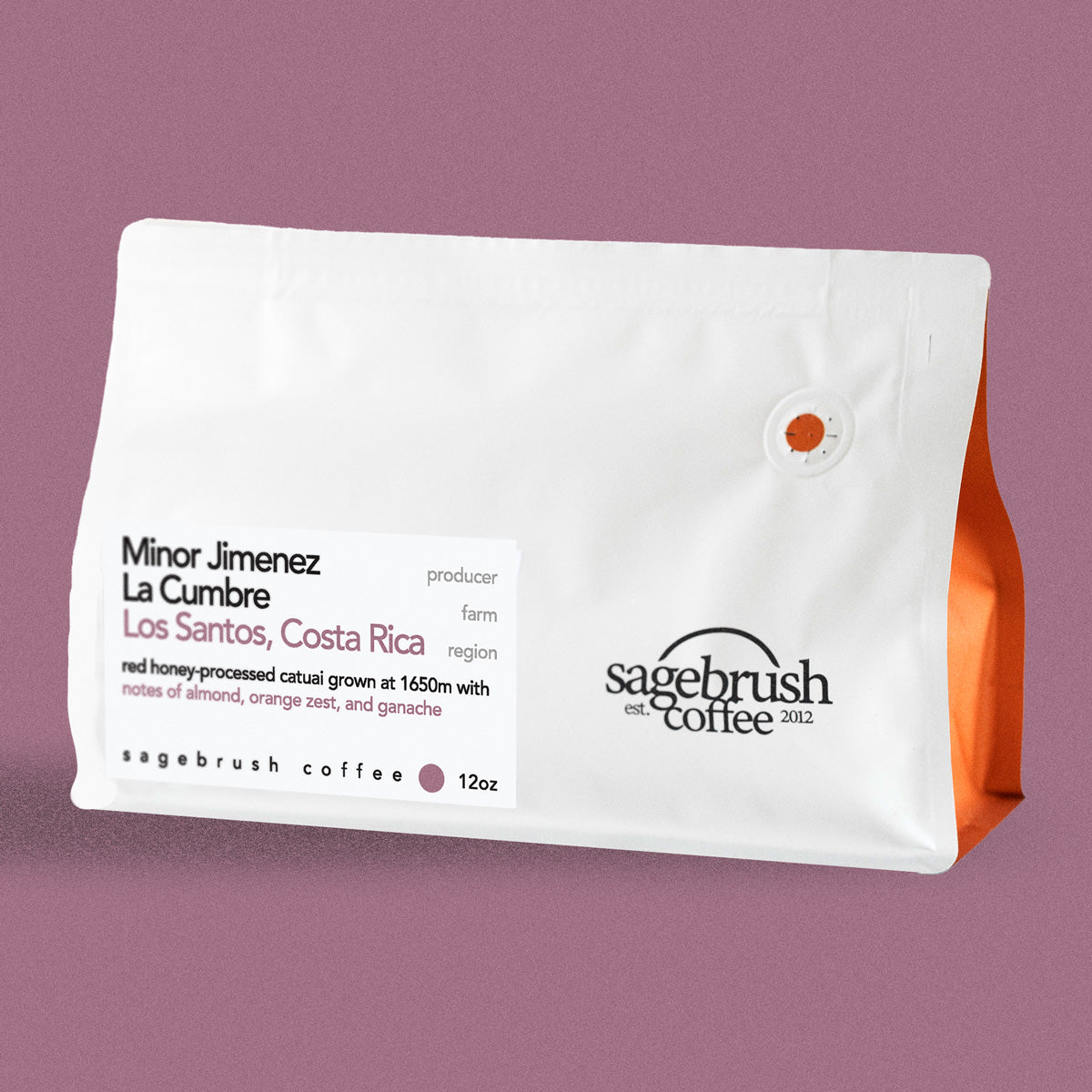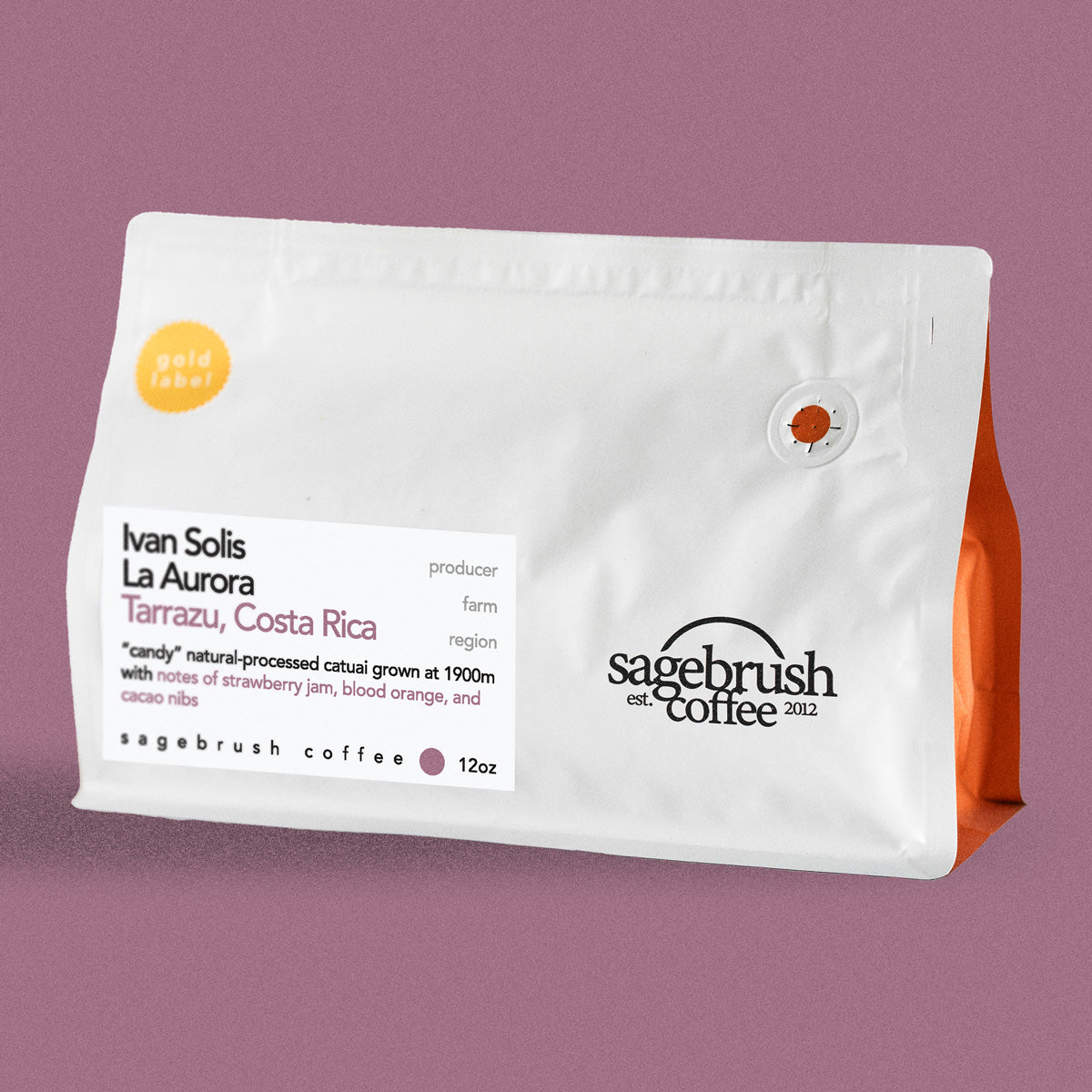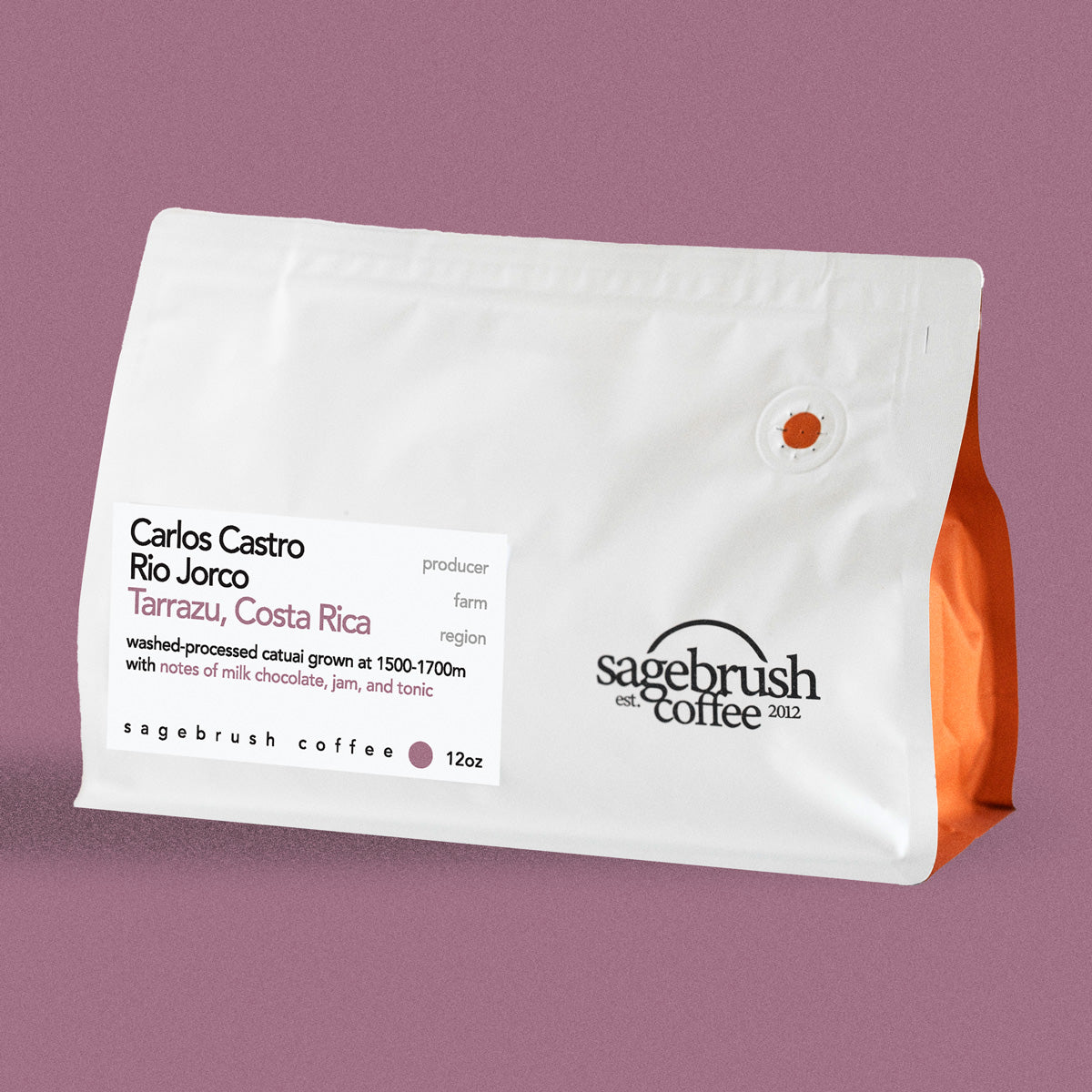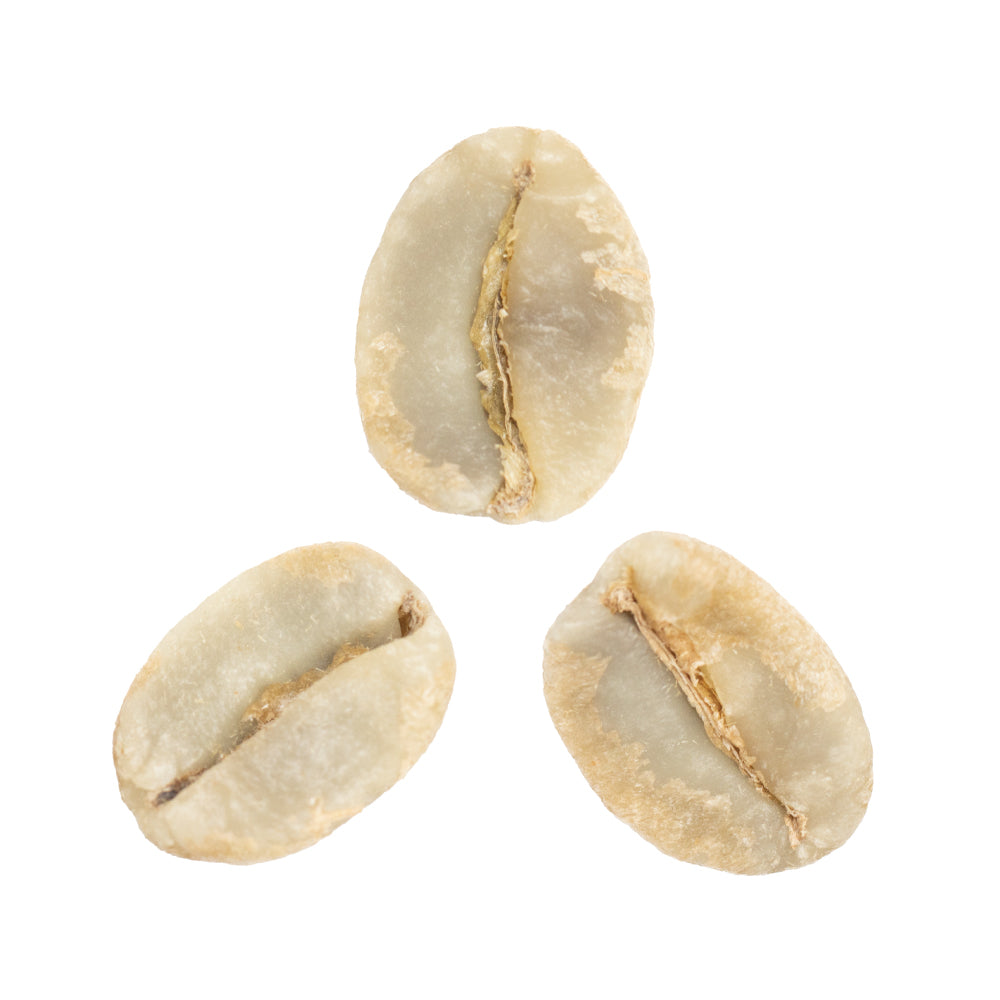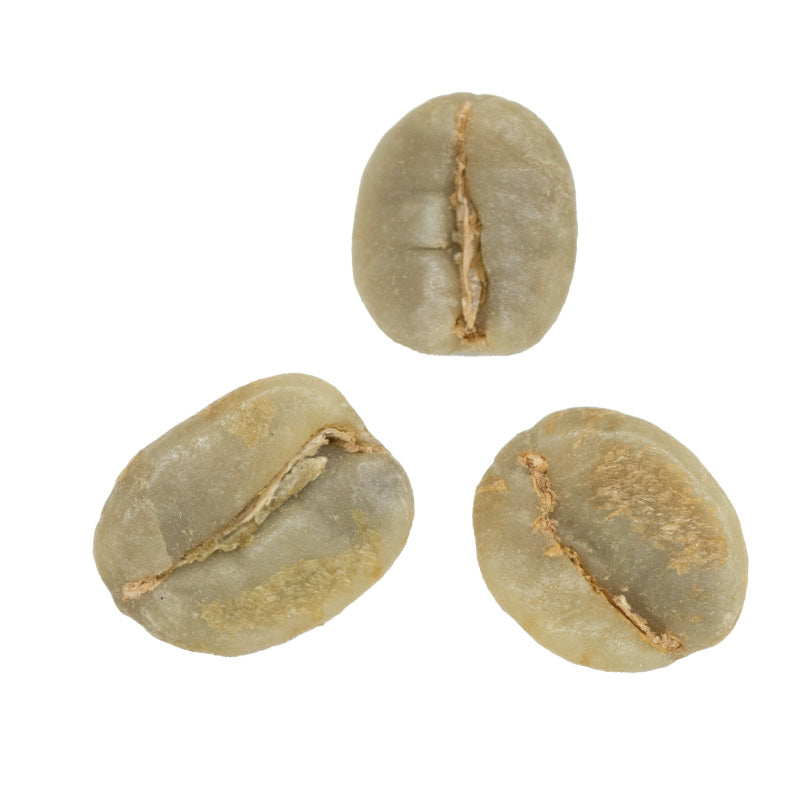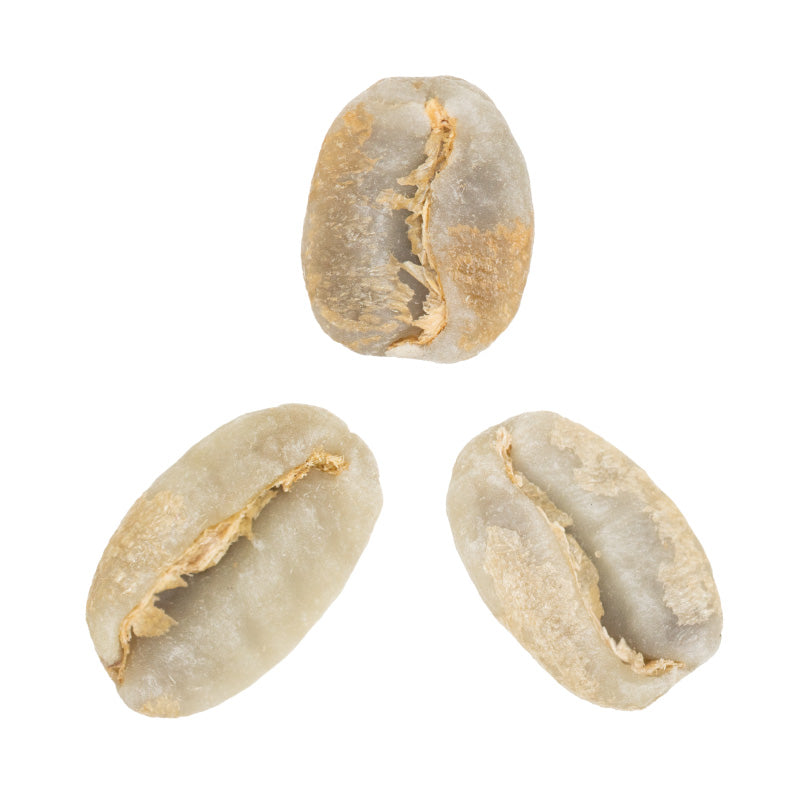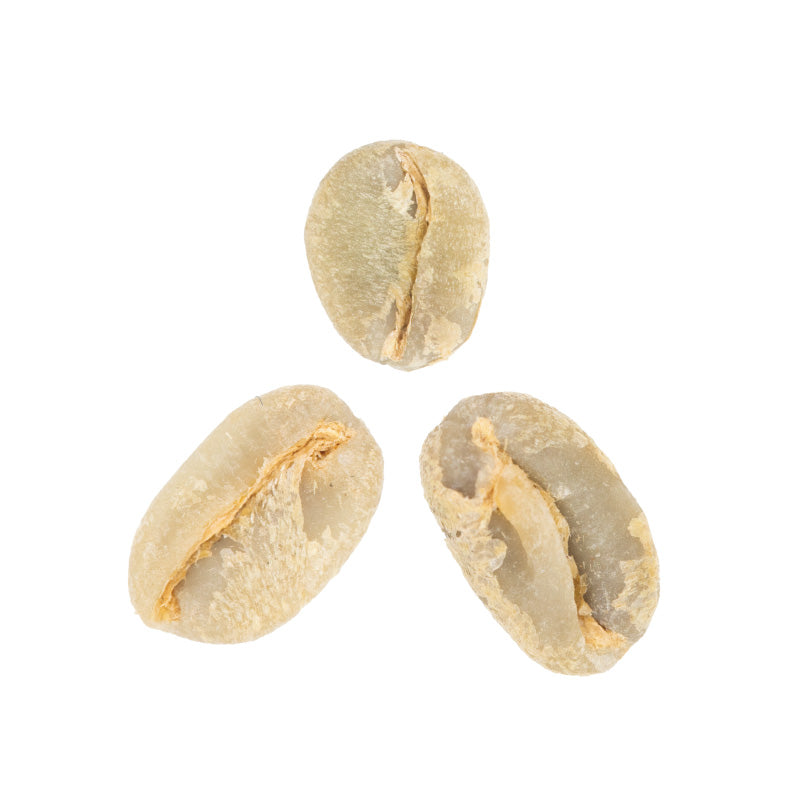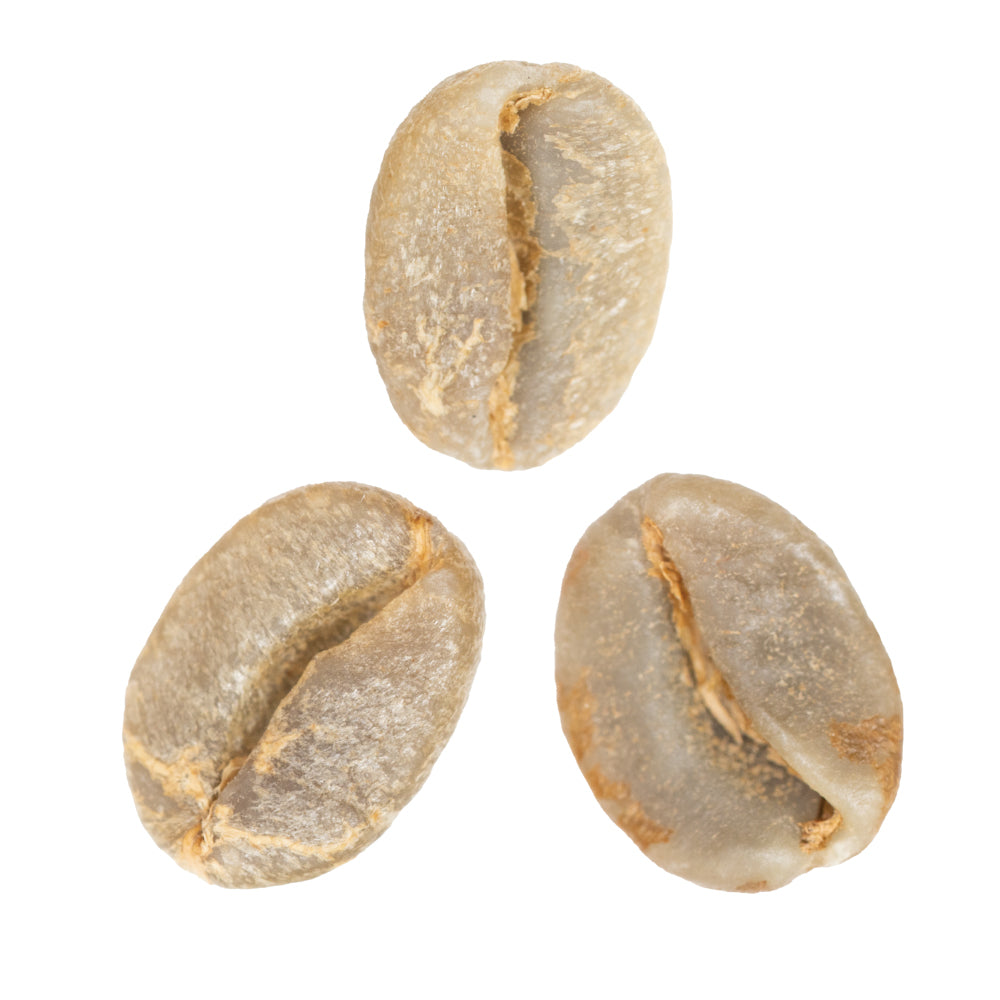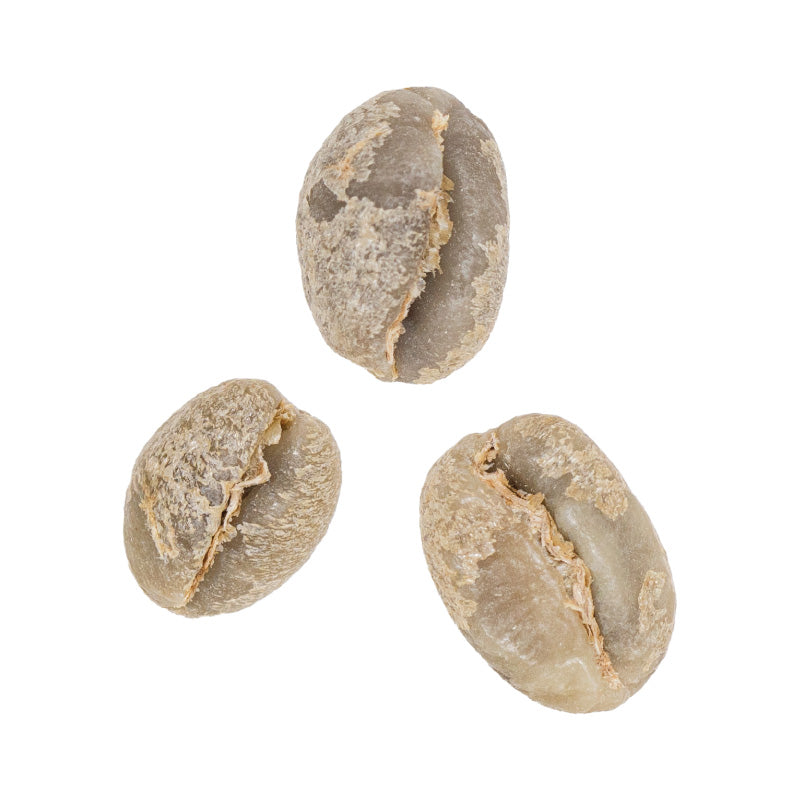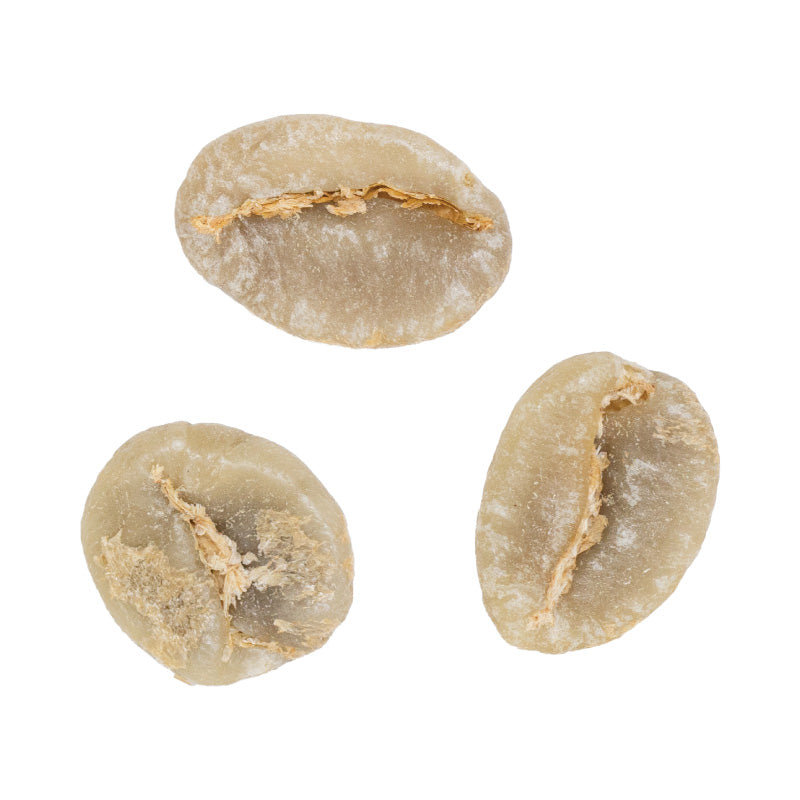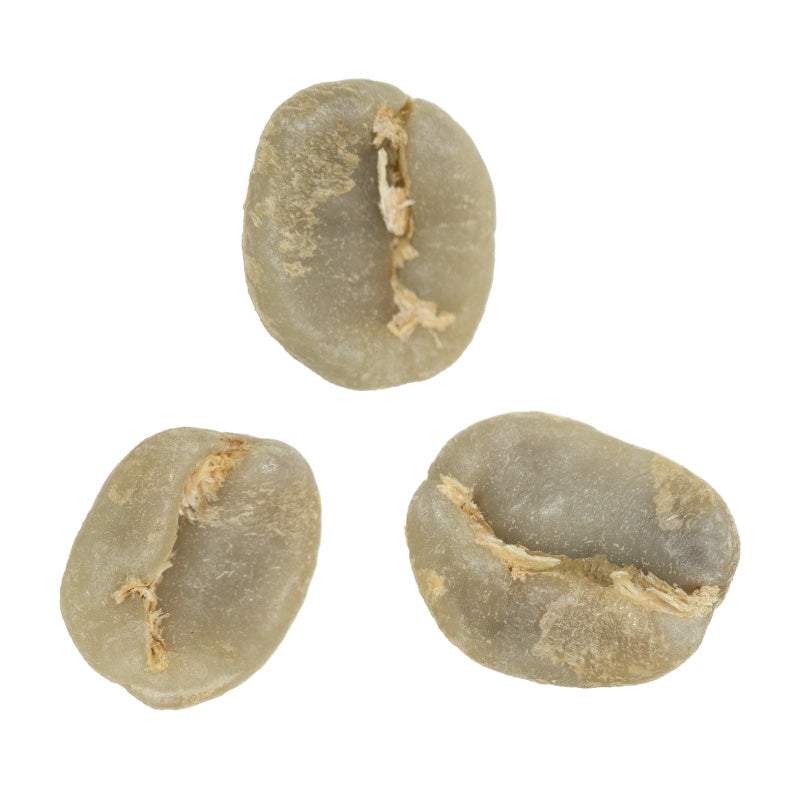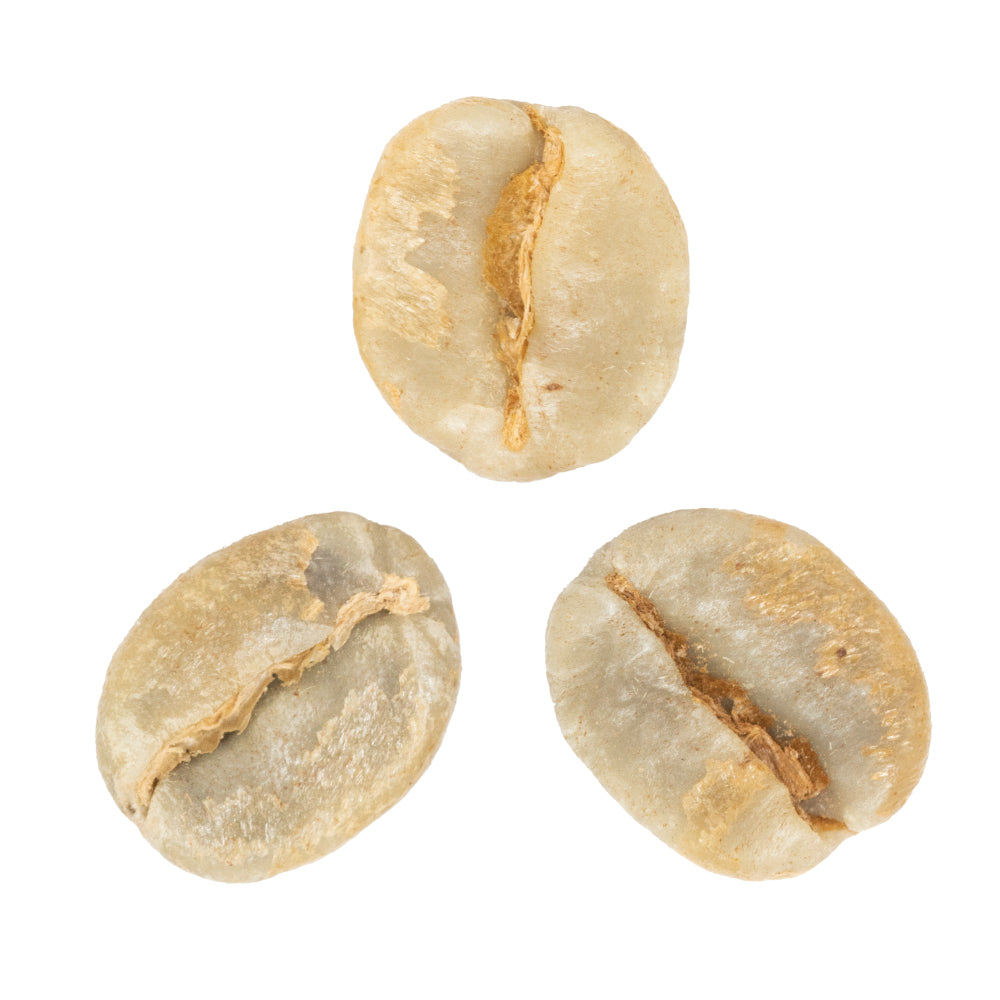Coffee Varieties Guide •
Read our Coffee Varieties articleWhat Are Coffee Varieties
Every coffee bean begins as the seed of a bright red cherry growing on the Coffea Arabica plant.
But within the Coffea Arabica species, there are literally thousands of distinct varieties–each with its own genetic differences that affect the flavor, aroma, and quality.
It’s like apples.
All apple trees belong to the same species, but the fruit they produce varies in texture, acidity, sweetness, and color (think a Granny Smith vs a Red Delicious).
Coffee varieties work the same way.
Some produce large beans or are more productive. Others are more resistant to plant disease or taste much sweeter.
But how do we get different coffee varieties?
In one of three main ways: natural mutations, natural cross-breeding, and human-engineered hybrids.
Researchers in the last hundred years have increasingly turned to engineering hybrids–where existing “parent” varieties of the Coffea Arabica plant are selected and crossbred for specific, valuable traits.
This was how the Catuai variety was born!
History of Catuai
Back in the 1940s, researchers at the Instituto Agronomico (IAC) of Brazil chose Caturra–a natural mutation of the Bourbon variety known for its compact size and productivity–as part of a crossbreed program.
To balance out Caturra’s downside (high susceptibility to plant disease), they crossbred it with the Mundo Novo variety–a natural crossbreed of Typica and Bourbon, known for its high yields and low susceptibility to plant disease.
The goal? To create a smaller, more efficient plant that also produced high yields and a higher cup quality. They were successful!
Due to its compactness, Catuai can be planted at nearly double the density of other varieties, significantly increasing its productivity and efficiency. In addition, its smaller size makes it ideal for picking and applying disease treatments.
But perhaps most importantly, it reliably produces a balanced, delicious, quality cup of coffee.
Today, this variety is widely cultivated in Brazil and Central America, but most notably in Costa Rica, Guatemala, and Honduras. In Costa Rica, especially, the Caturra and Catuai varieties together account for roughly 90% of all coffee production!
All of that breeding and cultivation leads to what really matters to us—the taste in the cup!
Catuai Flavor Profile
Catuai translates in the Guarani language to “very good”. And it lives up to its name!
Opening with a fragrance of toasted nuts and sugar, Catuai has notes of caramel, chocolate, and nuttiness, all of which are balanced and clean on the palate with a smooth, silky mouthfeel. Depending on its terroir and processing, it can range from crisp and refined to syrupy and sweet.
To some it might not be perfect, but to many, Catuai is “just right”.
Explore Catuai Coffees
Eugene Altieri • Natural-Processed Catuai
Minor Jimenez • Red-Honey-Processed Catuai
Ivan Solis • Candy-Natural-Processed Catuai
Carlos Castro • Washed-Processed Catuai



